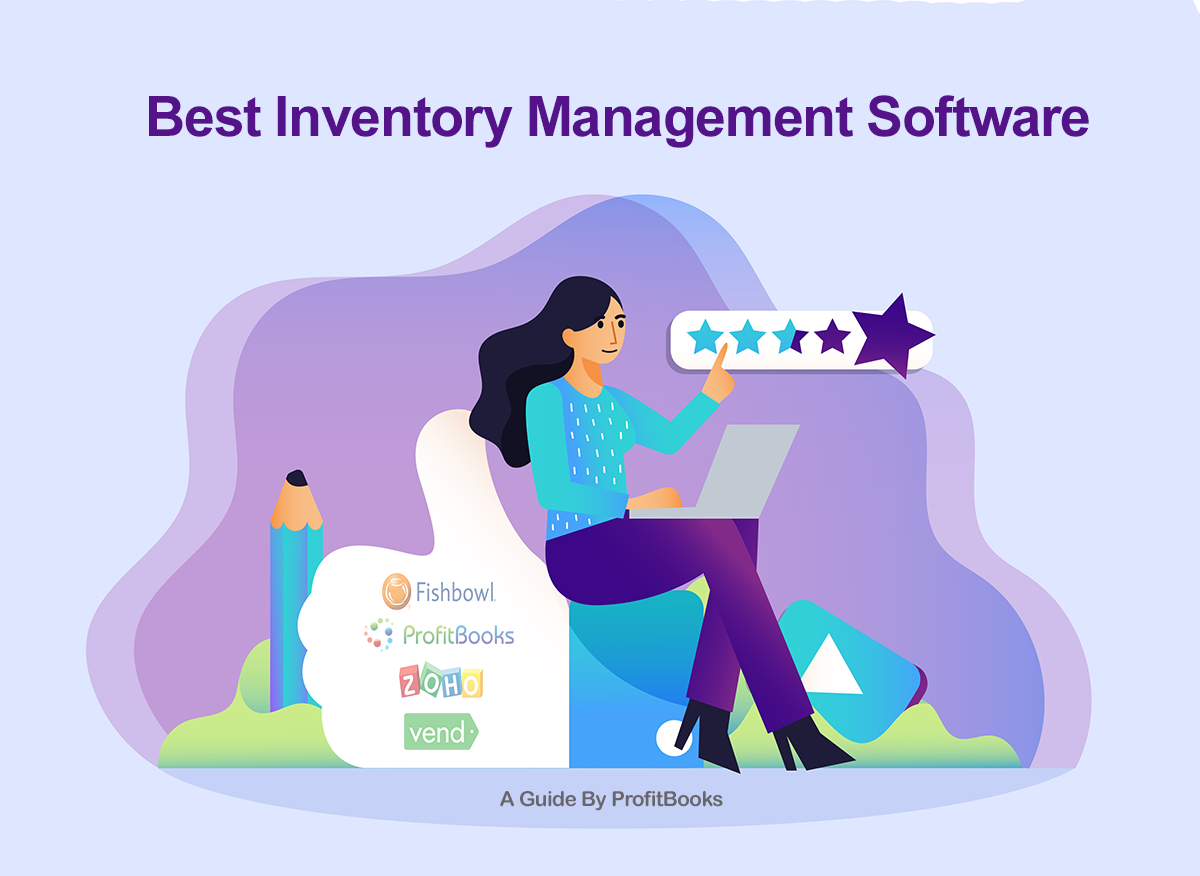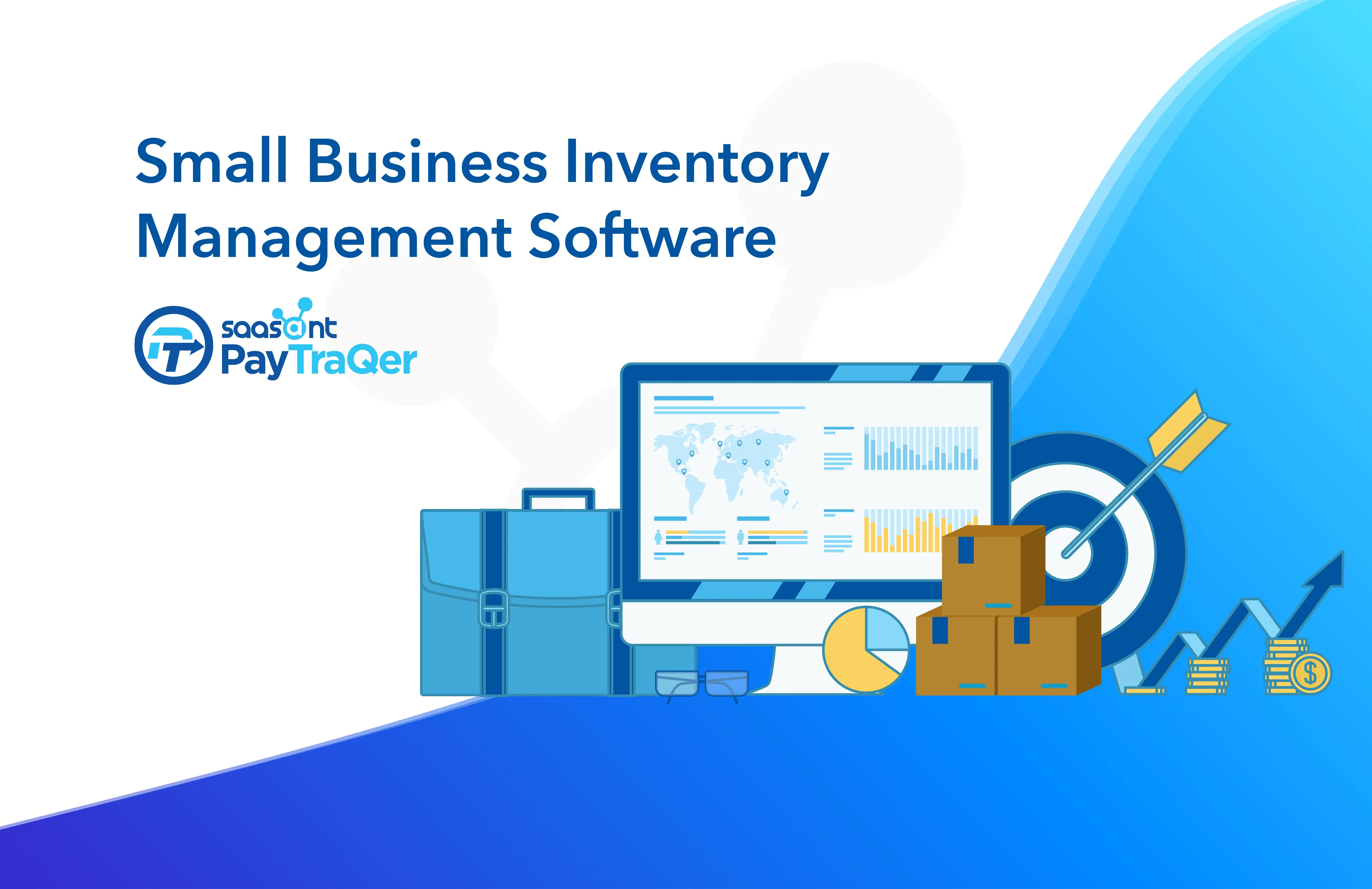Delving into the realm of manufacturing inventory software small business, this comprehensive guide unveils the significance of inventory management for small manufacturing enterprises. By harnessing the power of specialized software solutions, businesses can streamline operations, optimize efficiency, and gain a competitive edge in today’s dynamic market landscape.
Small businesses often face unique challenges in managing inventory effectively, including limited resources, manual processes, and the need for real-time visibility. Manufacturing inventory software addresses these challenges head-on, offering a range of features tailored to meet the specific needs of small businesses.
Overview of Manufacturing Inventory Software for Small Businesses
Inventory management is a critical aspect for small manufacturing businesses to maintain efficient operations, minimize costs, and maximize profits. Implementing manufacturing inventory software can provide significant benefits and address the challenges faced in managing inventory effectively.
Benefits of Manufacturing Inventory Software
Manufacturing inventory software offers numerous benefits for small businesses, including:
- Improved Accuracy: Automating inventory tracking eliminates manual errors and ensures real-time visibility into inventory levels.
- Enhanced Efficiency: Streamlining inventory management processes saves time and resources, allowing businesses to focus on core operations.
- Reduced Costs: Optimized inventory levels minimize overstocking and stockouts, reducing carrying costs and preventing losses due to spoilage or obsolescence.
- Improved Customer Service: Accurate inventory information enables businesses to fulfill orders promptly, enhance customer satisfaction, and build trust.
- Increased Profitability: Effective inventory management optimizes production planning, reduces waste, and maximizes profit margins.
Challenges Faced by Small Businesses in Managing Inventory Effectively
Small businesses often face challenges in managing inventory effectively due to:
- Limited Resources: Small businesses may have limited resources to invest in inventory management systems and staff.
- Manual Processes: Manual inventory tracking can be time-consuming, error-prone, and inefficient.
- Lack of Expertise: Small businesses may not have the expertise to implement and manage inventory software effectively.
- Rapid Growth: As businesses grow, inventory management becomes more complex, requiring more sophisticated systems and processes.
Key Features of Manufacturing Inventory Software

Manufacturing inventory software provides a comprehensive suite of features designed to streamline inventory processes and improve efficiency for small businesses. These features enable businesses to gain real-time visibility into their inventory levels, optimize stock levels, and enhance overall inventory management.
Essential features that small businesses should look for in inventory software include:
Inventory Tracking
- Provides real-time visibility into inventory levels, including raw materials, work-in-progress, and finished goods.
- Tracks inventory across multiple locations, including warehouses, production facilities, and retail stores.
- Supports multiple inventory valuation methods, such as FIFO, LIFO, and weighted average cost.
Demand Forecasting, Manufacturing inventory software small business
- Predicts future demand based on historical sales data, seasonality, and market trends.
- Helps businesses optimize inventory levels to meet customer demand and avoid overstocking or understocking.
- Allows businesses to plan for production and procurement activities more effectively.
Procurement Management
- Streamlines the procurement process by automating purchase orders, vendor management, and supplier relationships.
- Provides real-time visibility into purchase orders, delivery schedules, and inventory receipts.
- Helps businesses negotiate better pricing, reduce lead times, and improve supplier collaboration.
Warehouse Management
- Provides comprehensive functionality for managing warehouse operations, including receiving, put-away, picking, and shipping.
- Optimizes warehouse space utilization and reduces picking errors.
- Supports multiple warehouse locations and inventory types.
Reporting and Analytics
- Generates comprehensive reports on inventory performance, including stock levels, turnover rates, and profitability.
- Provides insights into inventory trends and helps businesses identify areas for improvement.
- Supports data integration with other business systems, such as ERP and accounting software.
Benefits of Using Manufacturing Inventory Software
Small businesses in the manufacturing sector can reap significant benefits by implementing inventory software. These benefits extend beyond mere cost savings and efficiency gains, positively impacting various aspects of their operations.
Quantifying the potential cost savings is challenging due to the unique circumstances of each business. However, case studies and testimonials consistently demonstrate the tangible financial advantages of using inventory software. For instance, a small-scale furniture manufacturer reported a 15% reduction in inventory carrying costs and a 10% increase in sales due to improved inventory management.
Improved Accuracy
- Eliminates manual data entry errors, ensuring accurate inventory records.
- Provides real-time visibility into inventory levels, reducing the risk of stockouts and overstocking.
Enhanced Efficiency
- Automates inventory tracking and replenishment, freeing up valuable time for other tasks.
- Streamlines communication between departments, reducing delays and errors in order fulfillment.
Reduced Costs
- Optimizes inventory levels, minimizing carrying costs and preventing spoilage or obsolescence.
- Improves purchasing decisions, reducing unnecessary expenses and maximizing return on investment.
Improved Customer Satisfaction
- Prevents stockouts, ensuring timely delivery of products to customers.
- Provides accurate inventory information, enabling transparent communication with customers about product availability.
Considerations for Choosing Manufacturing Inventory Software: Manufacturing Inventory Software Small Business
Selecting the right manufacturing inventory software is crucial for small businesses to streamline their operations and enhance efficiency. Here are some key factors to consider when making this important decision:
Functionality
- Assess the software’s core features, such as inventory tracking, order management, and reporting capabilities.
- Ensure the software aligns with your specific manufacturing processes and business requirements.
- Consider the software’s user interface and ease of use for your team.
Scalability
- Choose software that can accommodate your current and future growth plans.
- Consider the software’s ability to handle increasing inventory volume and complexity.
- Evaluate the software’s flexibility to adapt to changing business needs.
Cost
- Determine your budget and compare the pricing models of different software options.
- Consider the total cost of ownership, including implementation, maintenance, and upgrades.
- Evaluate the return on investment (ROI) potential of the software.
Implementation and Best Practices
Successful implementation of manufacturing inventory software requires careful planning and execution. Follow these steps for a smooth transition:
- Define Your Requirements: Identify the specific inventory management challenges you face and determine the features that will best address them.
- Choose the Right Software: Research and evaluate different software solutions to find one that aligns with your business needs, budget, and technical capabilities.
- Data Migration: Prepare your existing inventory data for migration into the new software. Ensure data accuracy and consistency.
- Training and Support: Train your team on how to use the software effectively. Seek support from the software vendor for any questions or troubleshooting.
- Go Live: Launch the software and monitor its performance closely. Make adjustments as needed to ensure optimal functionality.
Best practices for data entry, inventory tracking, and reporting include:
- Accurate Data Entry: Train staff to enter inventory data accurately and consistently. Implement data validation checks to minimize errors.
- Regular Inventory Tracking: Establish a regular schedule for inventory audits to ensure accuracy and prevent discrepancies.
- Customized Reporting: Generate customized reports that provide insights into inventory levels, usage patterns, and trends.
Common pitfalls to avoid during implementation include:
- Insufficient Training: Ensure your team is adequately trained on the software to avoid errors and maximize its benefits.
- Poor Data Management: Maintain accurate and consistent inventory data to prevent errors and ensure reliable reporting.
- Lack of Communication: Establish clear communication channels between stakeholders to ensure everyone is informed and aligned.
By following these best practices, you can ensure a successful implementation of manufacturing inventory software and reap its benefits.
Case Studies and Success Stories

In the real world, numerous small businesses have experienced remarkable success by implementing manufacturing inventory software. These businesses have faced various challenges, from managing complex inventory systems to streamlining production processes. Manufacturing inventory software has played a pivotal role in helping them overcome these challenges and achieve significant improvements.
Example 1: ABC Manufacturing
ABC Manufacturing, a small-scale electronics manufacturer, struggled with manual inventory tracking, leading to frequent stockouts and production delays. By implementing a manufacturing inventory software solution, they gained real-time visibility into their inventory levels and streamlined their ordering process. As a result, they reduced stockouts by 40% and improved production efficiency by 25%.
Example 2: XYZ Engineering
XYZ Engineering, a precision engineering firm, faced challenges in coordinating production schedules with fluctuating customer demand. With the help of manufacturing inventory software, they gained the ability to forecast demand and optimize production planning. This resulted in reduced lead times by 30% and improved customer satisfaction.
Trends and Future Developments

The manufacturing industry is constantly evolving, and with it, the need for efficient and effective inventory management. Emerging trends in manufacturing inventory management include:
Real-Time Visibility and Data Analytics
- Advanced sensors and IoT devices provide real-time visibility into inventory levels, enabling businesses to make informed decisions based on accurate data.
- Data analytics tools help businesses identify trends, optimize inventory levels, and improve forecasting accuracy.
Artificial Intelligence and Machine Learning
- AI algorithms can automate inventory management tasks, such as demand forecasting, replenishment, and optimization.
- Machine learning models can learn from historical data to identify patterns and predict future demand.
Cloud-Based Inventory Management
- Cloud-based inventory management systems offer scalability, flexibility, and accessibility from anywhere.
- Businesses can access real-time inventory data and manage multiple warehouses from a central location.
Blockchain Technology
- Blockchain can enhance inventory tracking and traceability, ensuring data integrity and transparency.
- It can help prevent counterfeiting and improve supply chain collaboration.
Preparing for the Future
Small businesses can prepare for and leverage these advancements by:
- Investing in technology that supports real-time visibility and data analytics.
- Exploring AI and machine learning solutions to automate inventory management tasks.
- Adopting cloud-based inventory management systems for scalability and flexibility.
- Considering blockchain technology to enhance inventory tracking and security.
Final Summary
In conclusion, manufacturing inventory software empowers small businesses to overcome inventory management hurdles, enhance operational efficiency, and drive growth. By embracing these innovative solutions, businesses can gain a competitive advantage, optimize resource utilization, and position themselves for long-term success.
FAQ
What are the key benefits of using manufacturing inventory software for small businesses?
Manufacturing inventory software provides numerous benefits for small businesses, including improved inventory accuracy, reduced carrying costs, enhanced customer satisfaction, and streamlined operations.
How does manufacturing inventory software help businesses save money?
By optimizing inventory levels, reducing waste, and improving efficiency, manufacturing inventory software can significantly reduce operating costs for small businesses.
What are some common challenges faced by small businesses in managing inventory?
Small businesses often struggle with manual inventory processes, limited visibility, and the need to manage multiple inventory locations, which can lead to errors, inefficiencies, and lost revenue.